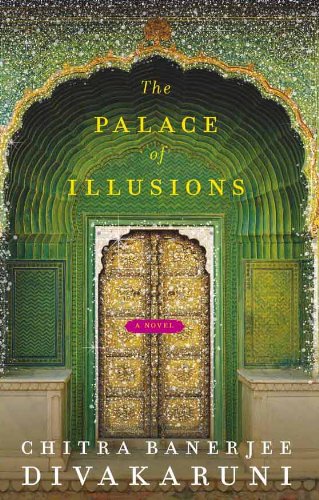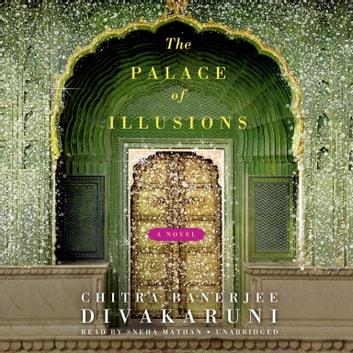
Analysing the novel The Palace of Illusions which centres around Draupadi, the female protagonist of Mahabharata, the author of this paper marks the deviations of plot from that of the accepted versions, as also other inventive strategies which go to depict feminist credentials of Draupadi.
Author
Jagdish Batra, Professor and Additional Director, English Language Centre, O.P. Jindal Global University, Sonipat, Haryana, India.
Summary
Mahabharata, one of the two most famous ancient epics of India (the other being Ramayana) is a virtual sea of stories. It has, in addition, religious value as Lord Krishna is one of the protagonists.
Chitra Banerjee Divakaruni is a well-known novelist of Indian origin. Her novel “The Palace of Illusions” centres around Draupadi, the female protagonist of Mahabharata. In this impressive re-telling, she aims at realizing a feminist picture of Draupadi to fit into the contemporary socio-psychological context.
Her task is rather tedious as the key protagonist Draupadi is bound by the shackles of a patriarchal society that reveres only a pativrata (subservient to husband only) woman, and also by individual predicament that makes her the wife of five brothers.
To achieve this end, Divakaruni resorts to tweaking the incidents, filling in the minor gaps that she spots and inventing Draupadi’s psyche, but unlike some other authors, she stays loyal, in the main, to the original storyline and sentiment of Mahabharata as told first of all by Vyasa in Sanskrit.
In this paper, the author analyses the novel “The Palace of Illusions” to mark the deviations of plot from that of the accepted versions, as also other inventive strategies which go to depict feminist credentials of Draupadi, as for example, her harbouring extra-marital desire, her work for other women, and her castigation of war and environmental degradation.
Published in: International Journal of Psychosocial Rehabilitation
To read the full article, please click here.


